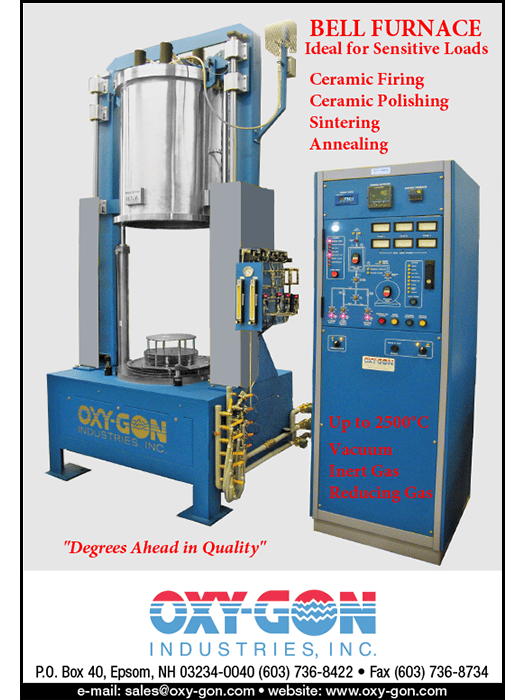deciphering the discipline
A regular column offering the student perspective of the next generation of ceramic and glass scientists, organized by the ACerS President’s Council of Student Advisors.

By Jessica Sly
Guest columnist
Dissolution dynamics: Understanding fast-dissolving glasses for biomedical use
Glass is traditionally viewed as chemically inert, and many compositions are designed to emphasize durability and corrosion resistance.1 In the medical world, however, glasses can be used as biocompatible scaffolds that release therapeutic ions important for the growth of new tissue.2,3 In this application, dissolution of the glass is encouraged for positive results.
Various techniques exist to investigate the durability and dissolution behavior of glasses. However, current techniques have some limitations.
Static dissolution is a common technique for understanding glass dissolution behavior because the experimental setup is relatively simple. In this method, either powdered (ASTM C1285) or monolithic (ASTM C1220) glass can be used to evaluate the dissolution rate.1 However, the assumption that geometric surface area does not change throughout the measurement often results in error, especially for fast-dissolving glass compositions, such as borate-based systems.3 Additionally, it is critical to ensure that the ions released from the glass do not have a significant impact on the dissolution rate throughout the duration of the study. Again, this consideration is especially relevant for fast-dissolving glass systems.
An alternative technique for measuring the dissolution rate of a glass is the single pass flow through (SPFT) method (ASTM C1662).4 With this approach, a flow rate is specified to provide continuous solution flow through a reaction cell, which contains either powdered or monolithic glass. The outflow fluid is collected and measured to determine the concentration of ions released into solution over time. Although there is less concern for any background concentration to influence results using the SPFT technique, there is still worry regarding surface area change. In fact, it is theorized that the fast flow rate of new solution experienced in the SPFT technique promotes greater surface area change compared to static methods.

Figure 1. Modified aluminoborate glass melt for glass dissolution testing at The Pennsylvania State University.
Credit: Jessica Sly
To overcome the challenges relating to surface area assumptions, scanning electron microscopy, optical profilometry, and mass loss measurements can help to characterize the surface area evolution. It is also good practice to consider the morphological differences when testing various samples because fine glass particles will generally exhibit faster dissolution compared to bulk samples due to increased surface exposure to the liquid.
In addition to understanding the dissolution behavior of the glass, the environment in which the glass is dissolved is highly important in dissolution testing. Many standard measurements on glass durability are done in water. However, for bioactive applications, simulated body fluid (SBF) is commonly used as the solution to emulate conditions in which the glass is expected to perform. Currently, a variety of SBF solutions are utilized, which can make it difficult to compare results across studies. To advance dissolution practices for bioactive glass compositions, a standard formula for SBF will have to be established.
As a member of John Mauro’s group at The Pennsylvania State University, I am working to evaluate these techniques and others to help establish standardized testing methodologies for fast-dissolving glasses. By establishing better methodologies, we can take full advantage of the potential of bioactive glasses in healthcare.
About the author
Jessica Sly graduated with a B.S. in materials science and engineering from Washington State University and is now pursuing a Ph.D. in materials science and engineering at The Pennsylvania State University. She is part of professor John Mauro’s group and works on understanding dissolution mechanisms of aluminoborate glasses. Jessica enjoys running, gardening, and exploring all that Happy Valley has to offer.
